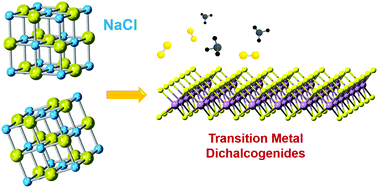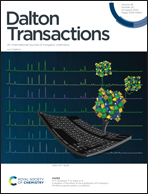Roles of salts in the chemical vapor deposition synthesis of two-dimensional transition metal chalcogenides
Abstract
Chemical vapor deposition (CVD) route has emerged as an effective method for the successful synthesis of two-dimensional (2D) materials with satisfactory crystal quality, especially for the synthesis of wafer-scale, uniform thickness or large domain size single-crystal transition metal chalcogenides (TMCs). To achieve this, the salt-assisted CVD strategy has been proved to be powerful to reduce the high melting point of the metal related precursor, decrease the nucleation density and increase the reaction rate on the solid template. However, the specific roles of alkali metals and halide components still remain unclear. Herein, the functions of salts in the growth of TMCs have been discussed by summarizing some recent achievements in salt-assisted synthesis results, wherein salts are mainly introduced as additives in metal precursors to achieve the wafer-scale uniform growth of monolayer and thickness-tunable multi-layered TMCs, and for serving as 3D templates (especially NaCl) to realize the scalable production of TMCs. Moreover, the existing challenges and viable future directions are also proposed for in-depth understanding of salt-assisted C4VD methods and for exploring more efficient CVD strategies.

- This article is part of the themed collection: 2020 Frontier and Perspective articles


 Please wait while we load your content...
Please wait while we load your content...